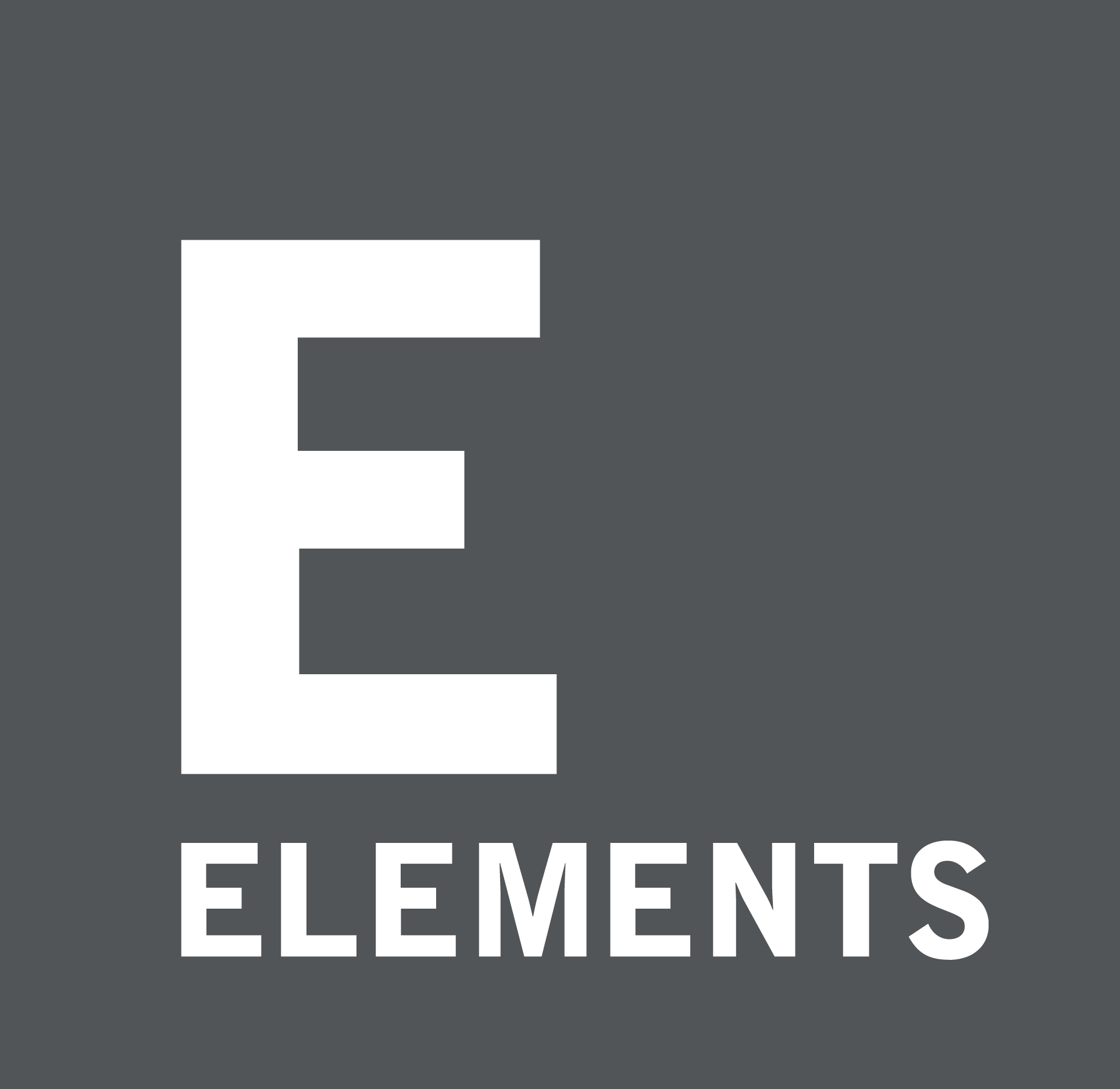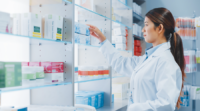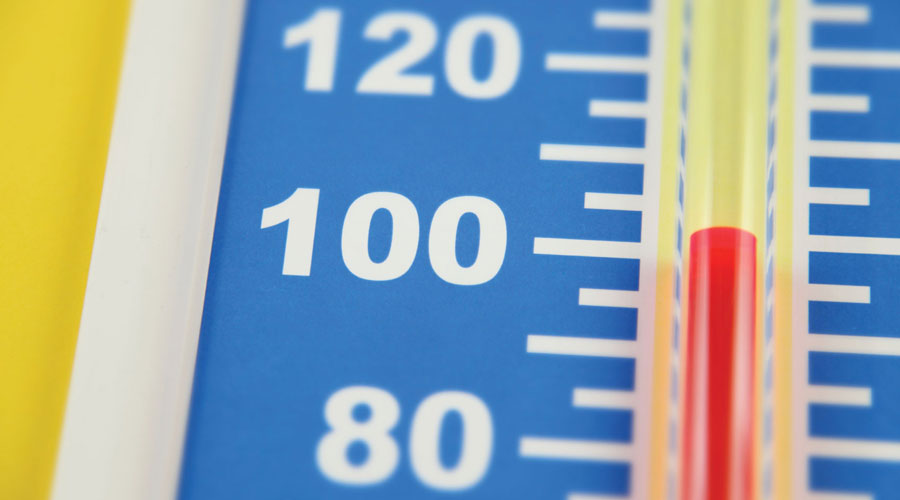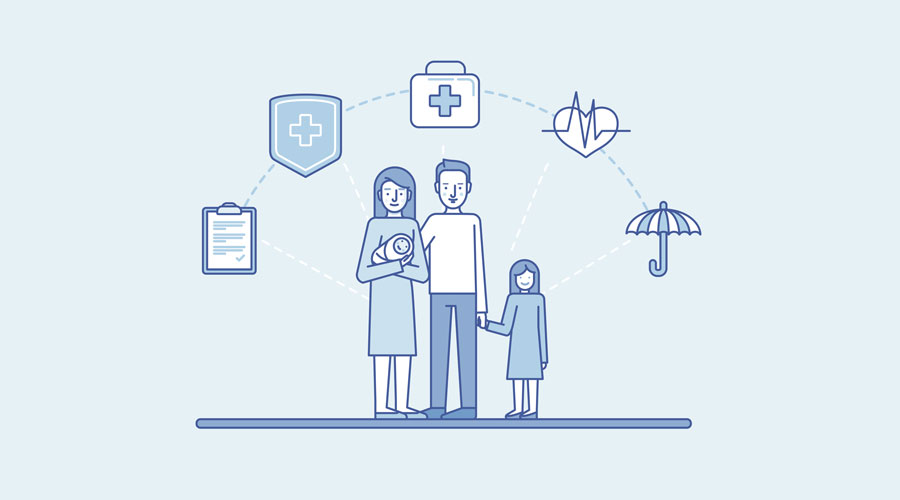Your cash flow is the flow of money in and out of your pharmacy. It represents the money you use to pay your bills, invest in growth, and keep operations running. This includes revenue from sales of medications, services, healthcare products, as well as expenses such as payroll, inventory purchases, and utilities.
More pharmacies close down because of a lack of cash flow, not profit. If there isn’t enough cash flow, you won’t have money to pay your pharmacy employees, purchase inventory, or stay in business.
You can avoid the worries of money altogether by taking the proper steps to manage and improve it.
Reduce Your Inventory
Count the bottles on your pharmacy shelves. Each bottle represents money that isn’t helping you pay your bills. An overstocked pharmacy will create low cash flow and most likely stress you out. Here are some tips that can help you get started:
- Don’t order as much. Instead, decrease your inventory slowly and order less.
- Return soon-to-expire drugs for credit. Be sure you know your wholesaler’s return policy and regularly identify items that should be returned.
- Sell your stock that can’t be returned. You can use platforms like Match RX, RxPlace, or InStockRx to sell non-returnable items and convert them back into cash.
Extend Payment Dates
Your pharmacy’s cash flow depends upon timing. So, if you can hold onto your cash a little longer before you pay the bills, your cash flow will be much better.
If you want to get longer payment terms, here’s how to do it:
- Don’t be afraid to ask vendors to extend their due dates. You might be surprised how many are willing to help you out.
- Take advantage of grace periods. Don’t pay a bill if it isn’t yet due.
- Consider using secondary wholesalers. This can give you more flexibility and a large boost to your cash flow.
Revamp Your Debt
If your cash flow is drained by high-interest loans or giant payments, maybe you should do a little restructuring of what you owe. Refinancing or consolidating loans can lessen your payments each month and free up cash. Here’s how:
- Take a look at SBA loans. Oftentimes, these loans have lower interest rates and fees.
- Consider alternative lenders. Some offer unsecured loans with fast approvals.
Cut Down Expenses
Getting rid of unnecessary expenses will definitely impact your pharmacy cash flow in a good way. Here’s how:
- Review operational costs regularly. Identify unnecessary expenses and get rid of them.
- Automate where possible. Use pharmacy management software to reduce labor costs and errors.
- Outsource non-core tasks. For instance, consider outsourcing payroll, bookkeeping, or marketing.
- Staff effectively. Believe it or not, cash flow can get tied up in how you staff your pharmacy. Staff your pharmacy more heavily during peak times and reduce staff during the slower times. You might notice some cost savings and improved cash flow.
- Reconcile third-party claims. Be sure to catch any and all missed payments or discrepancies and audit regularly.
- Say no to credit card fees. Instead, consider charging customers for credit card transaction fees.
Use Strong Accounting Practices
If you want to increase cash flow, it’s important to stay on top of your numbers. If you haven’t thought about investing in a bookkeeper, it’s time. A bookkeeper can show you how to keep your books in good order and how to keep them updated monthly or quarterly, at a minimum.
Investing in an accountant is also vital, as they can do much more than dispensing medication. They can:
- Help you understand the financial aspects of your pharmacy and where it’s headed.
- Provide advice and strategies that will help you grow the profitability of your store and minimize taxes.
- Work with you to create a budget and set targets for revenue, expenses, and profit.
- Act as your Chief Financial Officer by helping you set targets and holding you accountable to reach those targets.
- Help you track key metrics, explain what the numbers are telling you, and create a plan of action.
Use Other People’s Money
Here are two tools to consider:
- Lines of credit: Before you actually need it, secure a line of credit to ensure funds are available for any emergencies.
- Credit cards: Find credit cards that offer continuous 0% interest for 60 days. This provides extra time to pay bills without interest charges.
Track Your KPIs
Do you track your Key Performance Indicators (KPIs)? If not, you need to start. It’s crucial for managing your cash flow and profitability. When you’re ready to get started, set your focus on these three things:
- Inventory Turns: To keep your cash flowing, aim for at least 24 turns per year.
- Payroll Ratio: Your payroll costs shouldn’t be over 13% of revenue. A good goal is 11% or lower.
- Expense Ratio: Your total expenses and payroll combined should not exceed 19% of revenue.
Improving your cash flow isn’t as bad as it seems. It’s good to start small, so select one or two strategies and implement them this month. When your cash flow is finally under control, it’ll be much easier to focus on the growth of your pharmacy.
The most common cash flow challenges seen in pharmacies include:
- High Inventory Costs
When you overstock shelves with a wide range of products, it can lead to high inventory costs and can tie up capital. At the same time, understocking may lead to lost sales. - Delayed Payments from Insurance Companies
Insurance reimbursements can take weeks or even months to process. This creates a gap between sales and actual cash inflow. - Seasonal Fluctuations
Pharmacies may experience seasonal variations in demand, such as higher sales during the flu season, leading to inconsistent cash flow throughout the year. - High Overhead Expenses
Operating a pharmacy involves significant overhead costs, including rent, utilities, salaries, and licensing fees, which can strain cash flow.
(Source: rxadvisorinc.com)
A Member-Owned Company Serving Independent Pharmacies
PBA Health is dedicated to helping independent pharmacies reach their full potential on the buy-side of their business. Founded and run by pharmacists, PBA Health serves independent pharmacies with group purchasing services, wholesaler contract negotiations, proprietary purchasing tools, and more.
An HDA member, PBA Health operates its own NABP-accredited warehouse with more than 6,000 SKUs, including brands, generics, narcotics CII-CV, cold-storage products, and over-the-counter (OTC) products — offering the lowest prices in the secondary market.












